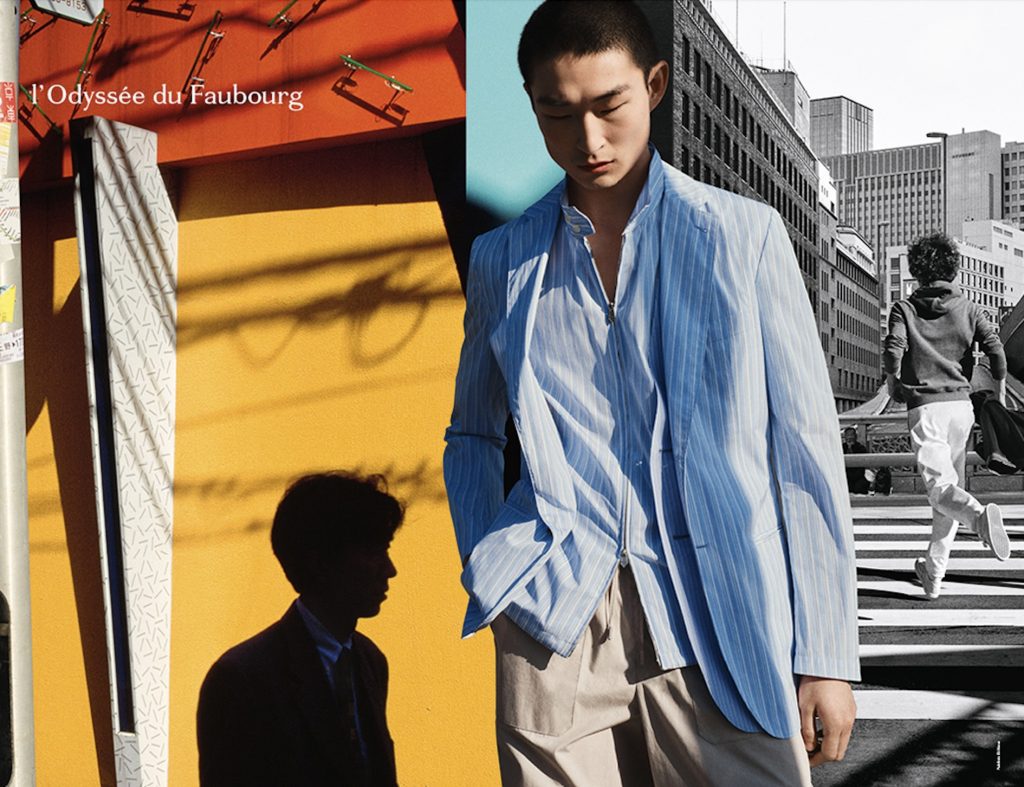A crackdown on excessive wealth in China, including by way of potential tax hikes for the rich, in order to build out a bigger middle class has put luxury brands in a lurch. As Luca Solca stated in a note this week, the possibility of new taxation would be “bad news” for purveyors of luxury goods, which are heavily dependent on the Chinese market for revenue gains, with the Bernstein analyst pointing to data from the U.S., which shows that higher taxes on the rich directly correlate with a lull in luxury spending growth, as “consumer feelgood and discretionary spending go hand in hand.” And vice versa.
Even if “highly disruptive action from Chinese authorities seems unlikely” for a number of reasons, including that it would put a damper on existing efforts by the government to repatriate luxury spending from international markets, brands’ stock prices have not been immune to worries of investors, who fear the impact that President Xi Jinping’s wealth crackdown – paired with the enduring effects of COVID-19 and halted international travel – will have on luxury goods groups, particularly in light of their large-scale reliance on that market.
Regardless of how significantly the impending attempt to curb excessive wealth in China hits luxury brands, and it is worth noting that this is not the first time that Beijing has implemented such an endeavor (the government cracked down on corruption and conspicuous consumption in 2012), brands may have something else to worry about when it comes to China, which is slated to become the biggest luxury market in the world by 2025: shifting values of prized younger consumers.
Speaking recently on Motley Fool’s Industry Focus: Consumer Goods podcast, analyst Asit Sharma stated that China has an “aspirational middle class” on its side, which “see luxury goods as both status [symbols] and as a realization of their efforts in working,” which has helped provide some “resilience for the high-end luxury-goods model,” which is especially susceptible to economic volatility. The onset of a global health pandemic, for instance, or the raising of taxes for high earners, among a slew of other possible scenarios, have a sure-fire way of reigning in luxury spending.
But even if the luxury models being observed by the likes of LVMH, Kering, Richemont, Chanel, Hermès, and co. have proven to be “pretty stable” amid a wide range of risk factors, Sharma states that young consumers – i.e., the very ones that many luxury brands are vying for the attention (and future dollars) by way of video game endeavors, virtual fashion, and collaborations with streetwear brands, etc. – “are still figuring out what they want to do over time with their lives.” Case in point, per Sharma: “Young people in China are starting to rebel against what is expected of them, [including] that they will stay in jobs where they are putting in 50 hours a week, 60 hours a week, [and] that they will find happiness in purchasing these luxury consumer goods.”
Pushback Has Been Building
The pushback against excessive working schedules has been building in recent years, with Chinese labor rights expert Li Jupeng telling the BBC back in 2018 that “young people, especially the post-90s generation, are reluctant to work overtime,” and have taken to challenging the “996” working hour system, which sees individuals work from 9 am to 9 pm six days a week. “The term originated in the technology sector around five years ago, when the country’s nascent internet companies were racing to compete with Silicon Valley,” the New York Times states. “At first, workers were willing to trade their free time for overtime pay and the promise of helping China match the West.”
At least some of that overtime pay invariably went to helping luxury giants boost revenues in China, which has further had a hand in sending the Asia Pacific region (excluding Japan in most cases) to the top of the earnings-by-region totem pole, with many of the industry’s biggest players generating almost half of their revenues from sales in Asia. A shift in consumer values – and thus, a potential change in levels of discretionary income that may come with that – could prove troubling for luxury goods purveyors.
And it is not merely laborers that are pushing back against China’s often-grueling work culture, courts are taking a stand, as well. As recently as last month, the Supreme People’s Court held that working 12 hours a day for six days runs afoul of national labor laws, which – without any loopholes – limit overtime to an additional 3 hours per day and not more than 36 hours per month. The case was initiated by an individual who was fired by his employer, a Chinese courier company, for refusing to observe the mandated overtime schedule. The Supreme People’s Court’s August 26 decision – which upholds the previous findings of an arbitration panel – also cited 10 similar cases in which laborers alleged that they were denied overtime pay and related compensation despite working compulsory overtime hours.
Many of China’s biggest tech companies have been known for “encouraging an obsession with work” in recent years, according to the Guardian, with “Huawei reportedly promoting an aggressive, cut-throat ‘wolf culture’ among its ranks,” and Alibaba head Jack Ma stating on WeChat in 2019, “If you join Alibaba, you should get ready to work 12 hours a day. Otherwise, why did you come to Alibaba? We don’t need those who comfortably work eight hours.” And based on the surging growth of these companies and others, it appears that ambitious employees were willing to go along for the (hard) ride. However, the landscape is beginning to change.
Not All is Lost
As for where that leaves luxury goods brands, not all is lost. The pushback against excessive hours and pay that is not commensurate with such working conditions could give rise to boosted earnings for individual laborers, which in tandem with the government’s aim to bolster the middle class, could ultimately lead to more spending in China, albeit not at the levels of the 110,000 ultra-high-net-worth individuals who currently prop up the luxury goods market on the mainland.
Beyond that, Jupeng notes that at the forefront of the push for a better work-life balance are “millennials who are often better educated, more aware of their rights and more interested in finding something fulfilling than the previous generation.” Critically, she says that these are largely only children, who “are receiving a lot of support from their families – including a financial safety net should their careers not go as planned.”
Chances are, some of that safety net will continue to be spent on luxury garments and accessories amid work culture upheaval. As for the products, themselves, they might be in the midst of a change, as well, with luxury brands likely to tone down the logos or other showy elements as the government pushes to move away from “unreasonable income” and the lavish spending that comes with it.











